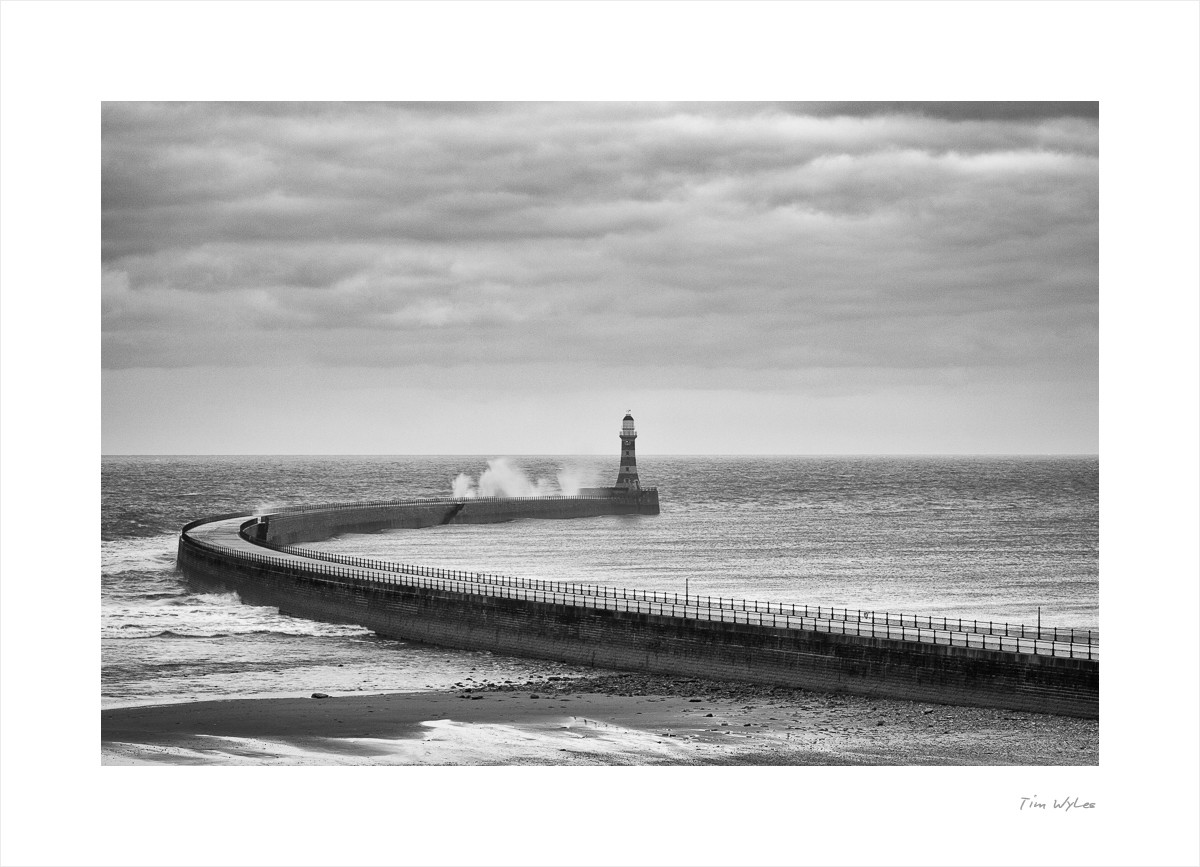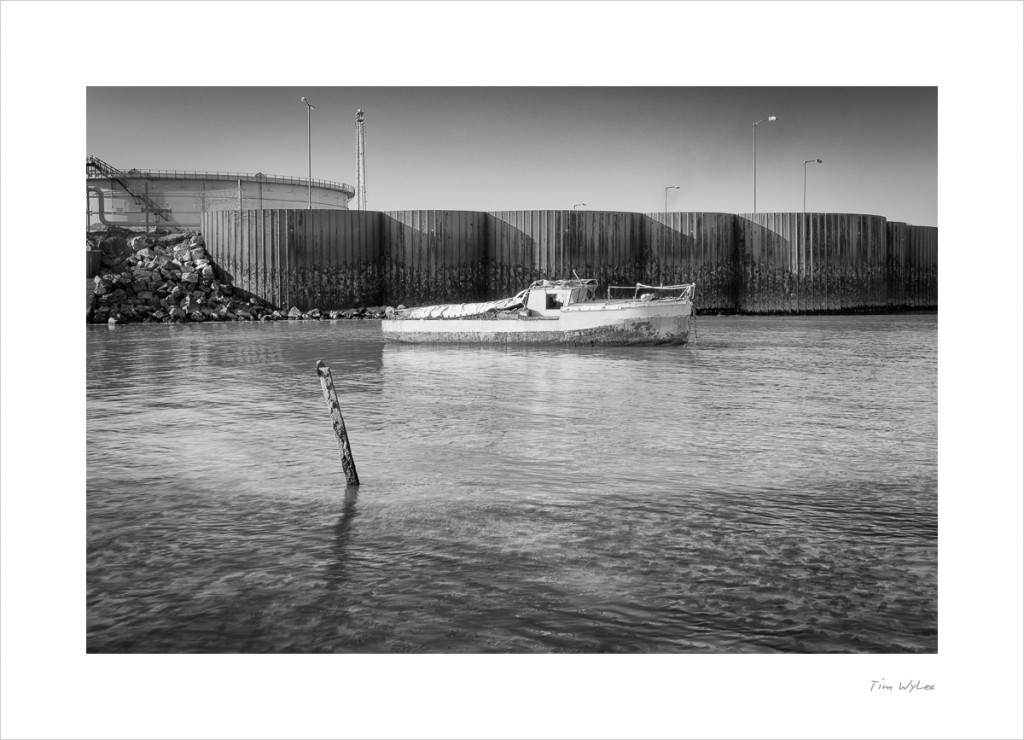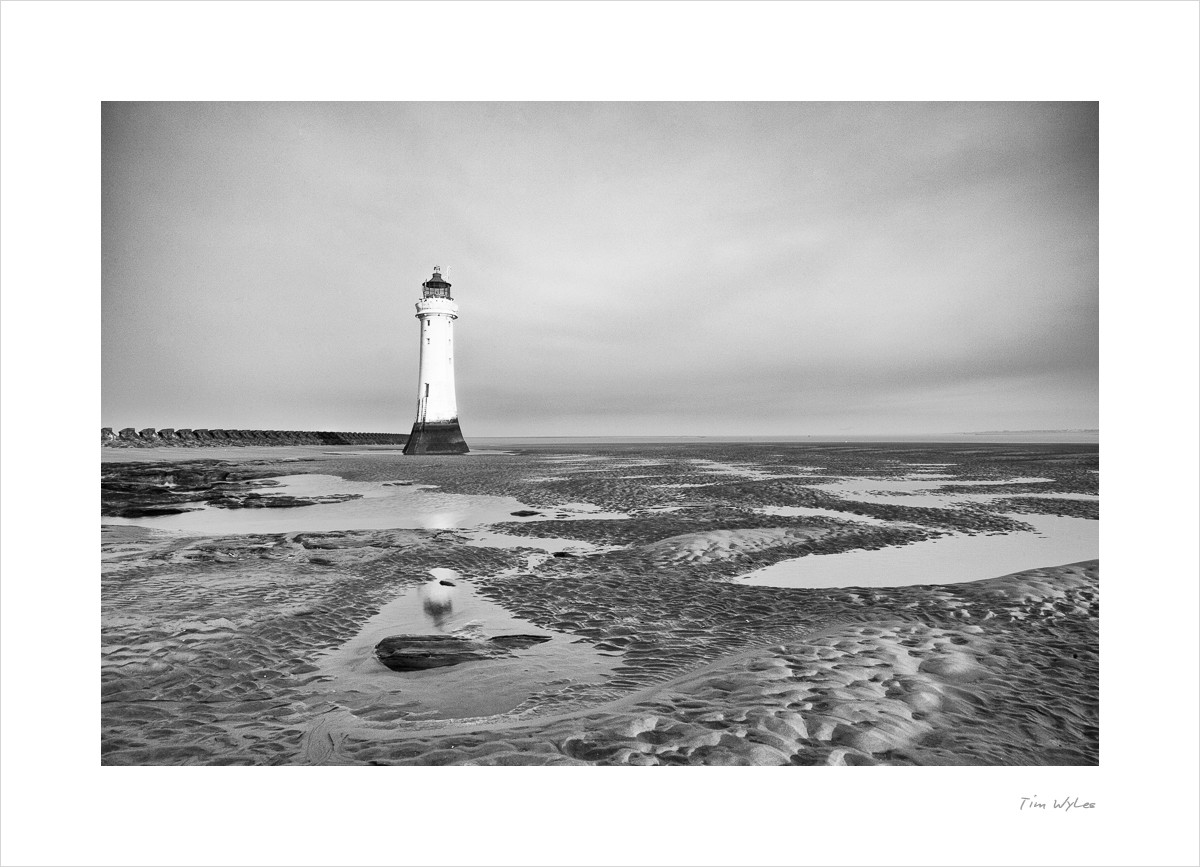Canon 5D, 100 mm, ISO 200, 1/3 sec @ f/11
Last week my other half had to travel to Sunderland for a meeting so I thought I’d tag along and we stayed in nearby Roker. I was keen to visit as my friend Paul Mitchell had taken (as usual) a stunning photo of the pier there. I was also hoping for the opportunity to take some more long exposures as it’s a form I really enjoy but one I’m finding difficult to master.
Sunrise was at 05:01 so fifteen minutes before I was set up but was immediately faced with two problems. First the tide was out and to take a shot that showed the curve of the pier nicely I would need to be quite elevated. Elevation wasn’t a problem thanks to the road that ran along the coast using my normal 17-40 mm lens would mean capturing a whole load of unnecessary foreground and lamp posts. Instead I tried my 100 mm lens which framed the image nicely. The real problem was that I then couldn’t attach any of my filters as I didn’t have a 58 mm adaptor ring.
Annoyingly the image, whilst nice, looks to be an attempted straight copy of Paul’s in terms of framing – something I was anxious to avoid! Photographers tend to develop an annoying habit of just copying what is perceived to be a good shot. I want to neither do, nor be accused of that but I think in this instance the shape of the pier and the plethora of encroaching objects meant there was only one obvious way to frame the shot.
Anyway it’s different enough from Paul’s in that it’s not a long exposure, and the cloud cover meant that a monochrome version looks far better than the colour one. Another conscious decision was to include some spray to further differentiate.
The learning for me here was to consider using a long lens for landscapes – something I’d not done in the past. Accordingly I now have an filter adaptor ring on order!





